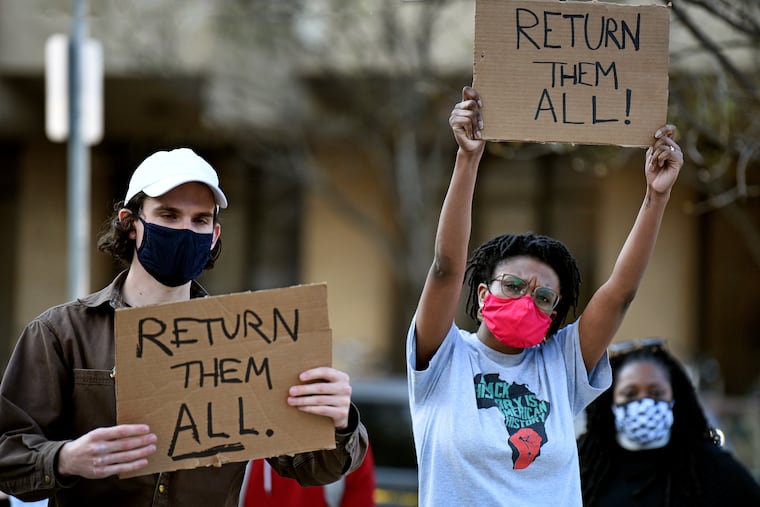Penn Museum apologizes for its ‘unethical’ collection of human skulls and says it will repatriate remains of Black Philadelphians and others
The Morton collection of skulls has been the subject of sharp criticism from community and student activists who want the museum to return all human remains to their communities of origin.
